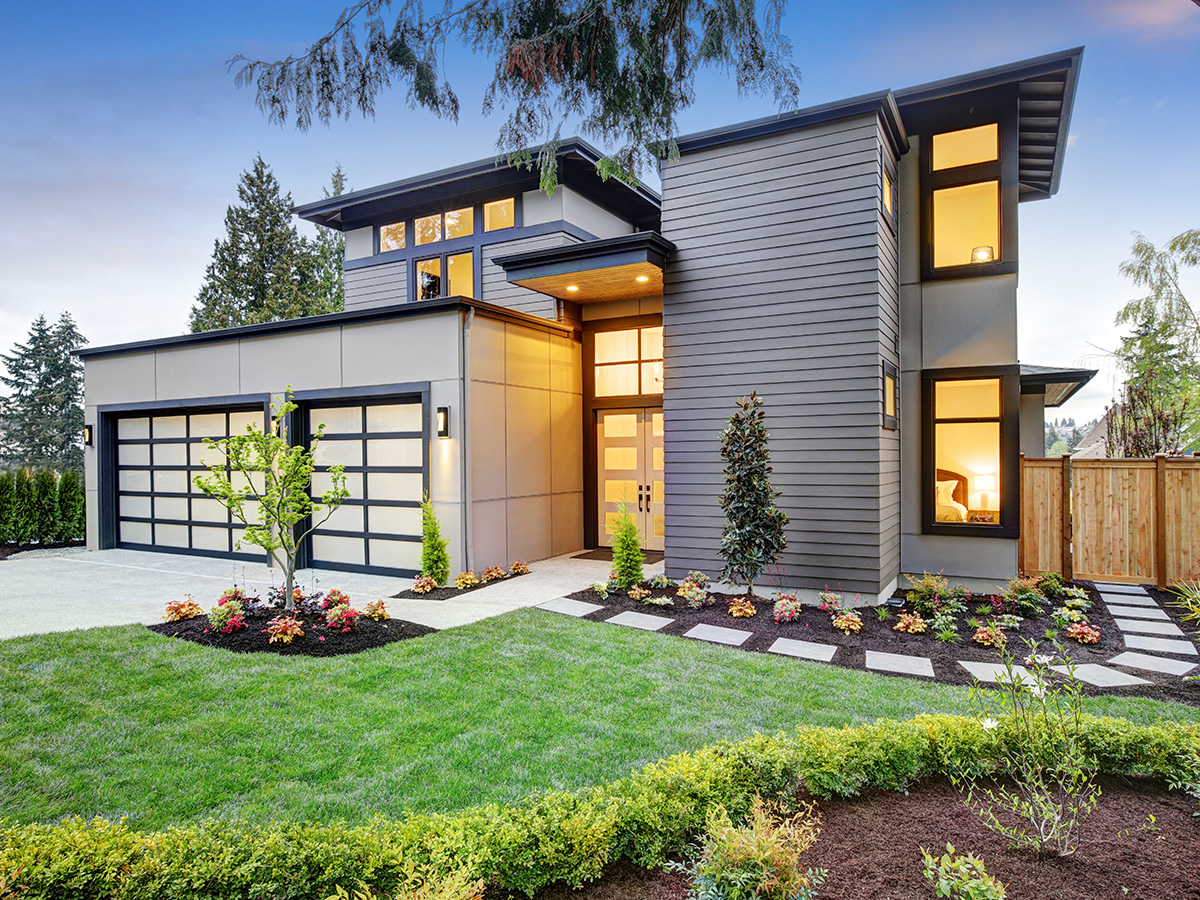
The Great Housing Imbalance is the #7 issue in the 2022-23 Top Ten Issues Affecting Real Estate® by The Counselors of Real Estate®.
“Markets that have not been able to provide lower-cost housing have experienced ongoing out-migration and risk stressing infrastructure capacity as renters are driven further out to the exurbs.”
It is no secret that housing in the United States has been underbuilt for decades. In the 1970s and 1980s, one new housing unit was created for every 1.2 jobs, on average. By the 2010s, that figure had become completely out of balance to just one unit for every 2.6 jobs.
Numerous factors contributed to the shortage of new supply in the last decade: land availability; increasing costs for land, labor, and materials; an increase in regulatory barriers by way of fees, or longer and more complicated entitlement processes; and community opposition to development, also known as NIMBYism, particularly for larger apartment developments.
The pandemic and its aftermath had outsized impacts on housing demand. According to Pew Research, in July 2020, during the height of the pandemic, many young adults (52%) resided with one or both parents, the highest level since the Great Depression. By Q2 2021, when vaccines were becoming widely available and the economy more fully reopened, those young people contributed significantly to new household formations.
On the supply side, multifamily completions in 2020 and 2021 in properties with 5 or more units were at their highest levels since the late 1980s. Single-family completions, on the other hand, were still running just shy of their long-term average of one million units per year, and well below the peak 1.6 million pace of 2006.
Stronger multifamily construction levels have not kept up with demand, however. According to RealPage, Inc., Q1 2022 demand as measured by absorption, was more than double new deliveries and at 713,000 units annualized, the highest level of absorption since RealPage started tracking the data in 2000. Low vacancy rates have been driving up rental rates by a double-digit pace.
Going forward, rental demand will be nuanced, a reflection of the following trends, according to a report recently released by the National Apartment Association and National Multifamily Housing Council:
- As the population ages, the 55+ cohort will account for a large portion of rental demand over the next decade, particularly in slow-growth markets. The younger renter base will decline in many of these markets.
- 40% of net new demand through 2035 will occur in just three states: Texas, Florida, and California. Secondary cities offering a mix of high quality of life, relatively lower costs and/or job generation such as Boise, Austin, Raleigh, Orlando, and Phoenix are also expected to grow by at least double the national pace.
- The tenant base will become more diverse, with growth dominated by the Hispanic population as growth in the White segment of the population is highly focused in the 65+ age group.
- Affordability continues to be a growing and widespread issue that has been amplified by recent double-digit price increases in both the owned and rented segments of the market. More than 6.95 million owned housing units priced less than $200,000 were lost between 2015 to 2020 as were 4.7 million rental units with rents less than $1,000 per month. This segment of the market is critical to provide housing to a significant portion of the U.S. workforce. Markets that have not been able to provide lower-cost housing have experienced ongoing out-migration and risk-stressing infrastructure capacity as renters are driven further out to exurbs.
- The housing market overall remains highly fragmented in terms of ownership, and new approaches to provide housing continue to develop. For example, while institutional ownership of single-family rentals (SFR) continues to rise, only 2% of SFR are currently owned by institutional investors.
Overall, more than 4 million new rental units will be needed by 2035. The U.S. is in dire need of both rental and for-sale housing in locations where people want to live. Businesses, local leaders, and policymakers need to come together to create an environment conducive to building a variety of housing units at all price points.


 Photo: Artazum/Shutterstock.com
Photo: Artazum/Shutterstock.com



